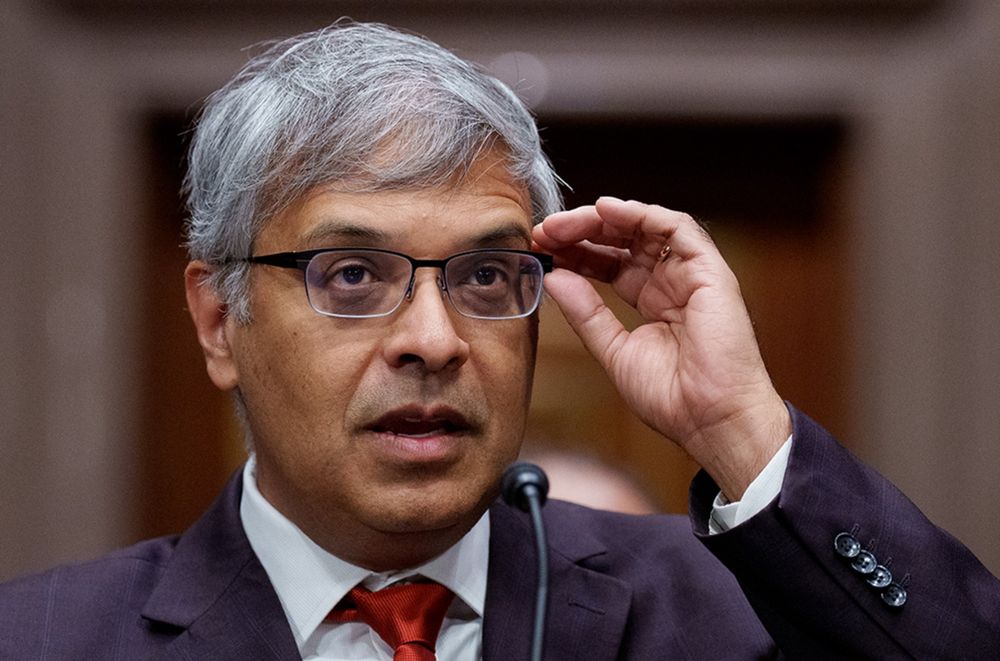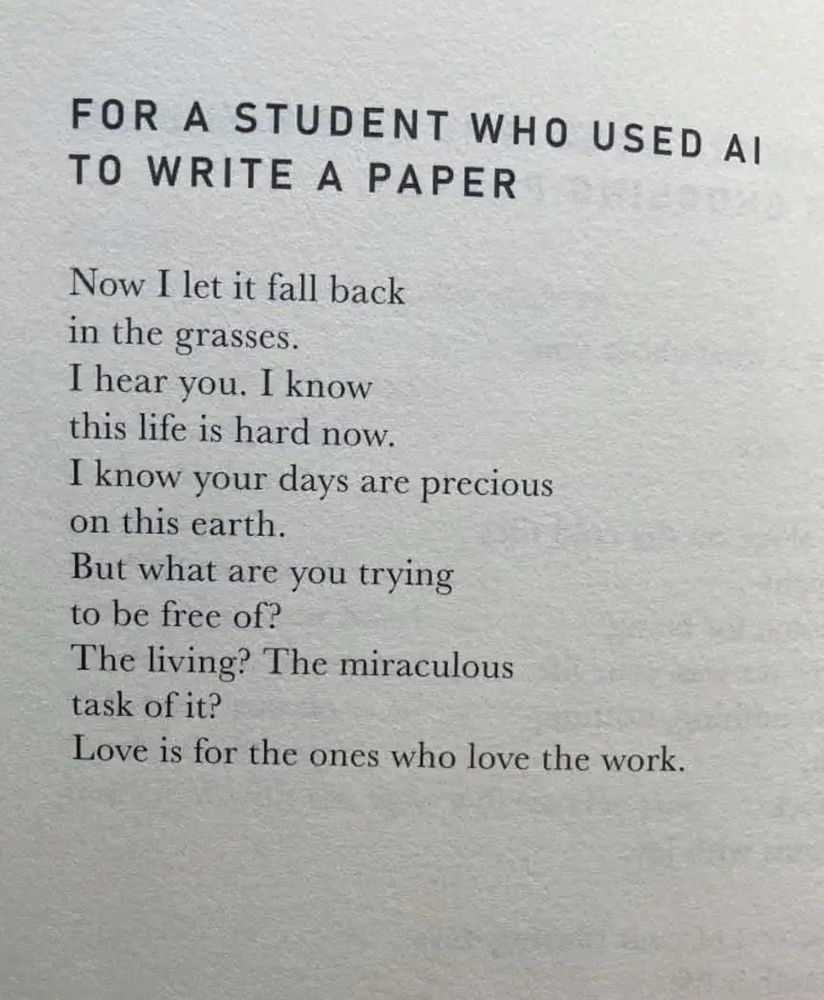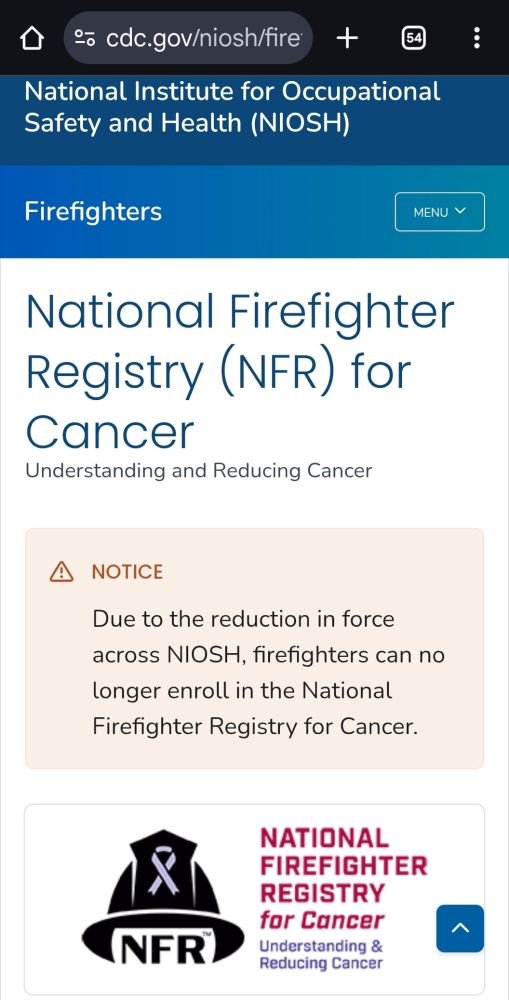Emily Ricotta, PhD
@emilyricotta.bsky.social
500 followers
350 following
94 posts
Assistant Prof of #Epidemiology at Uniformed Services University of the Health Sciences. #InfectiousDisease and trauma #epidemiologist. #DataScience and #DataReadiness. She/her/Dr. ~!Personal account - all opinions are my own!~
Posts
Media
Videos
Starter Packs
Reposted by Emily Ricotta, PhD
Reposted by Emily Ricotta, PhD
Saskia Popescu
@saskiapopescu.bsky.social
· Apr 30

RFK Jr.'s HHS Orders Lab Studying Deadly Infectious Diseases to Stop Research
NIAID's Integrated Research Facility is one of the few federal facilities charged with studying Ebola. Tuesday afternoon, all of its work was put on indefinite pause by Robert F. Kennedy Jr.'s departm...
www.wired.com
Reposted by Emily Ricotta, PhD
Colin Carlson
@colincarlson.bsky.social
· Mar 10











